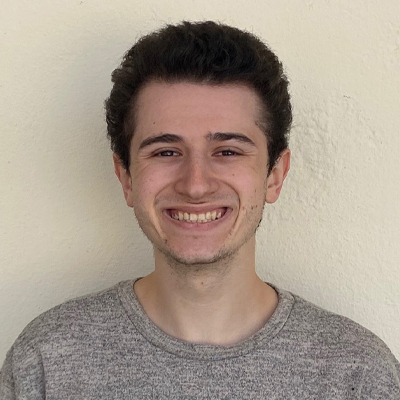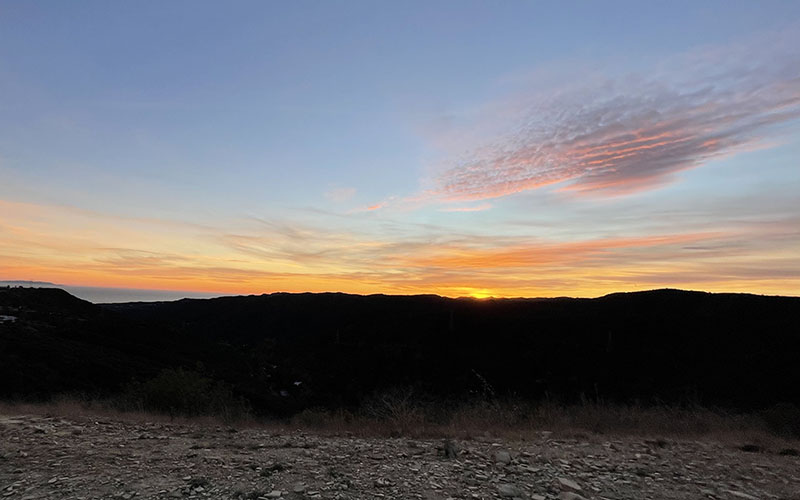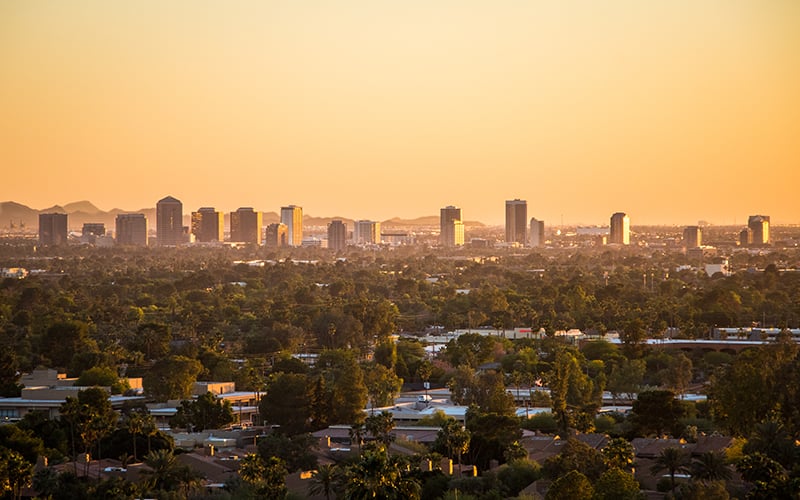LOS ANGELES – Earlier sunrises and shorter days mark the end of daylight saving time for the majority of the country, and experts warn your health and well-being could take a toll if you’re not in Arizona or Hawaii, which don’t change their clocks.
Sleep-schedule realignment is especially disruptive for adolescents, although humans of all ages operate by circadian rhythms found in both their brains and every cell of their bodies, said Dr. Judith Owens, a professor of neurology at Harvard Medical School.
“If you have misalignment in your own internal clock and the environment, that’s going to have all kinds of physical repercussions in the short term,” said Owens, who also is co-director of the Pediatric Sleep Program at Boston Children’s Hospital.
This misalignment comes as a result of the shifts between both daylight saving time in spring and standard time in fall. As a result, she said, the body loses a significant amount of sleep, which has negative effects.
“We very commonly see hyperactivity, impulsivity, inattention, acting out behaviors, oppositional behaviors, tied in with poor quality sleep,” Owens said. “We see more irritability, lower frustration tolerance. We see more depression symptoms.”
Owens worries that a lack of good sleep in adolescents could lead to an increase in motor vehicle accidents.
“They may be cognitively impaired. They’re not as vigilant, they’re not as attentive, and that leads to things like accidents,” Owens said.
Dr. Erin Flynn-Evans, a member of the American Academy of Sleep Medicine and the Society for Research on Biological Rhythms, calls the circadian misalignment “social jet lag” and notes that it has many physical ramifications.
“Social jet lag is associated with increased risk of cancer, increased risk of cardiovascular disease,” she said.
Daylight saving time was introduced in the U.S. to save energy during World War I and became law in 1966 under the Uniform Time Act.
Forty-eight of the 50 U.S. states observe daylight saving time, which puts them at odds with the recommendations of a 2020 position statement for the American Academy of Sleep Medicine.
“An abundance of accumulated evidence indicates that the acute transition from standard time to daylight saving time incurs significant public health and safety risks, including increased risk of adverse cardiovascular events, mood disorders, and motor vehicle crashes,” it says.
Owens and Flynn-Evans disagree on how to address the problem. Flynn-Evans notes that standard time “nicely aligns with how a teen’s body wants to be wired,” but Owens makes the case for permanent daylight savings time, if school start times are adjusted.
“If it’s lighter later in the day, maybe that cuts down on crime,” Owens said, “maybe it has an effect on energy use, but the drawback is that it gets dark early in the morning. That’s the time teenagers are driving themselves to school.”
Owens said permanent daylight saving time would work only if school start times shift accordingly “so that kids are not risking their lives by driving to school in the dark with their circadian rhythms telling them they should be asleep.”
In 2019, California barred public middle schools from starting before 8 a.m. and high schools before 8:30 a.m., with the changes to be implemented no later than July 1, 2022. New York, Hawaii and Vermont have proposed similar laws.
Even without shifting clocks, changing school times has its own value, according to a 2018 study conducted by University of Washington researchers. Students starting school at 8:45 a.m. instead of 7:50 a.m. experienced higher grades and less tardies, it said.
Flynn-Evans believes later start times are key to children and teens getting the recommended eight to nine hours of sleep a night.
The regular school schedule has undergone unforeseen changes through the COVID-19 pandemic; however, the pandemic on its own has been a prominent factor for sleep deprivation, research shows.
In a 2021 study,Washington State University researchers found that people with higher levels of stress and anxiety were more likely to report a decrease in sleep amount and quality.
As a majority of the U.S. is yet to make any time changes, there are many ways to regulate one’s and one’s child’s circadian rhythm to these shifts.
“You have to shift your circadian rhythm,” Flynn-Evans said. “Use the power of light to make that adjustment. Light in the evening shifts the drive to sleep and wake up later, in the morning, shifts the drive to sleep and wake earlier.
“If you want to shift your young child later, keep the lights bright in the evening, and then in the morning keep it as dark as possible until the desired wake time.”



